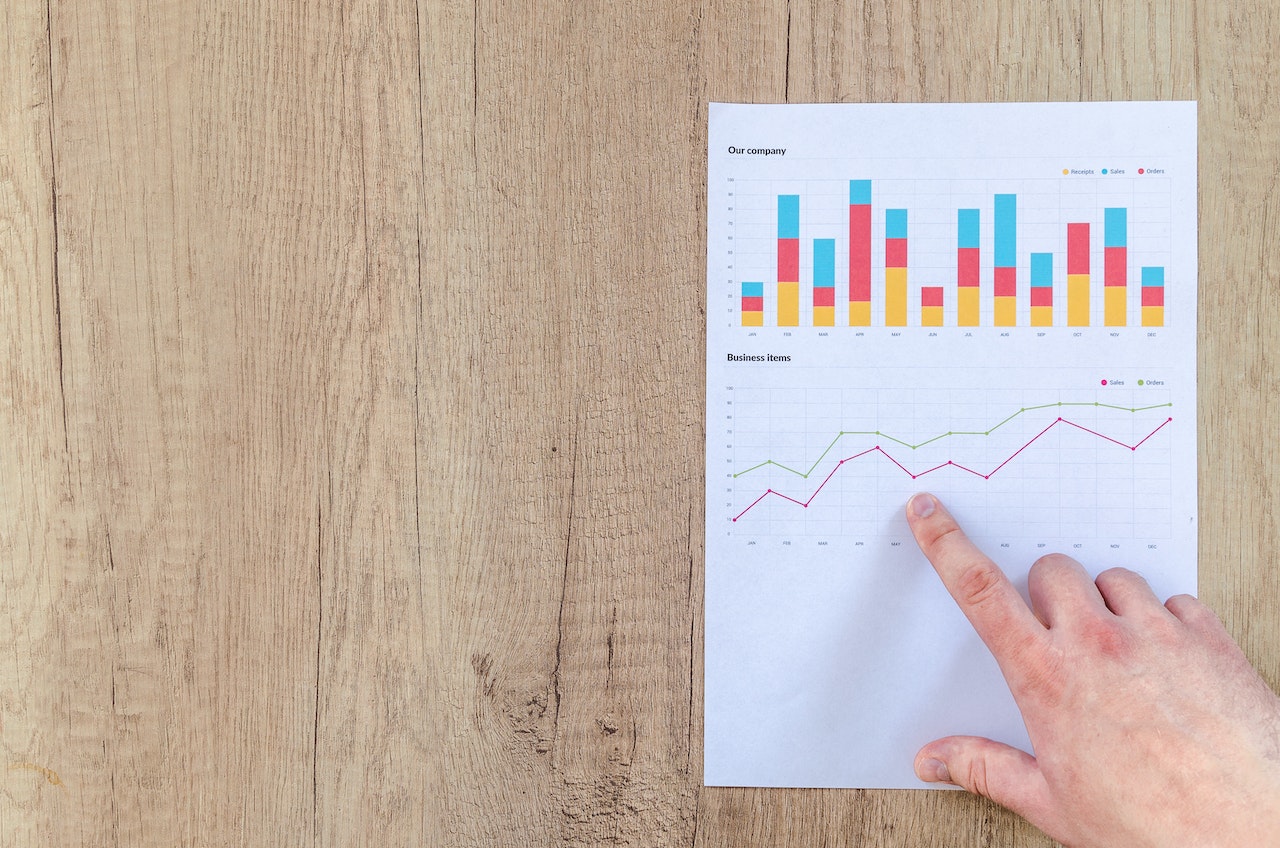Introduction
The world of personal finance and investment can be complicated, particularly when it comes to taxes. It is essential to be aware of the various tax-saving strategies available for personal investors in the UK. In this blog post, we will discuss some of the most effective tax tricks to help you save money and make the most of your investments.
Utilise the Personal Savings Allowance (PSA)
The Personal Savings Allowance is a tax-free allowance for interest earned on your savings. Basic rate taxpayers can earn up to £1,000 in interest per year tax-free, while higher rate taxpayers have an allowance of £500. Additional rate taxpayers are not eligible for the PSA. Make sure to monitor your interest earnings and utilise the PSA to minimise your tax liability.
Invest in an Individual Savings Account (ISA)
An ISA is a tax-free savings account available to UK residents. Each tax year, you can invest up to £20,000 in an ISA. Any interest, dividends, or capital gains earned within the ISA are tax-free, allowing your investments to grow without being hindered by taxes. There are various types of ISAs, including Cash ISAs, Stocks & Shares ISAs, and Innovative Finance ISAs, so choose the one that suits your investment goals.
Use your Capital Gains Tax Allowance
Every UK taxpayer has an annual Capital Gains Tax (CGT) allowance. For the 2021/22 tax year, this is set at £12,300. You can use this allowance to realise gains from your investments without incurring CGT. Be sure to monitor your investments and utilise your CGT allowance strategically.
Invest in a Pension Plan
Pension plans are tax-efficient investment vehicles designed for retirement savings. Contributions to a pension plan can receive tax relief, meaning the government will contribute a percentage of your investment based on your income tax rate. You can contribute up to 100% of your annual earnings or £40,000, whichever is lower, each tax year. Additionally, pension investments grow tax-free, and a portion of your pension pot can be withdrawn tax-free when you reach retirement age.
Consider a Lifetime ISA (LISA)
A LISA is designed for individuals aged 18 to 39, allowing them to save up to £4,000 each tax year for a first home or retirement. The government provides a 25% bonus on the amount you save, up to a maximum of £1,000 per year. The LISA can be held as either a cash or stocks and shares account. The funds can be accessed for a first home purchase or after the age of 60. Be aware that withdrawing the funds for any other purpose will incur a penalty.
Invest in Venture Capital Trusts (VCTs)
VCTs are investment funds that provide tax relief for investing in small, higher-risk companies. When you invest in a VCT, you can receive up to 30% income tax relief on investments of up to £200,000 per tax year. Dividends received from VCT shares are tax-free, and there is no CGT on the disposal of VCT shares.
Take Advantage of the Enterprise Investment Scheme (EIS)
The EIS provides tax relief for investing in small, higher-risk businesses. You can receive 30% income tax relief on investments of up to £1 million per tax year. Additionally, any gains made on the sale of EIS shares after three years are exempt from CGT, and losses can be offset against your income tax liability.
Utilise the Seed Enterprise Investment Scheme (SEIS)
The SEIS is similar to the EIS but is aimed at smaller, early-stage companies. You can receive 50% income tax relief on investments of up to £100,000 per tax year. As with the EIS, gains made on the sale of SEIS shares after three years are exempt from CGT, and losses can be offset against your income tax liability.
Gift Shares to Family Members
Gifting shares to your spouse, civil partner, or children can help reduce your tax liability. Transfers between spouses or civil partners are free from CGT, allowing you to make use of their annual CGT allowance. When gifting shares to your children, you may still be liable for CGT, but the shares will be assessed at the market value on the date of the gift, potentially reducing the tax liability when they are eventually sold.
Offset Investment Losses Against Gains
If you have made a capital loss on an investment, you can offset that loss against any capital gains you have made in the same tax year. If your losses exceed your gains, you can carry forward the remaining losses to offset against gains in future tax years.
Conclusion
The UK tax system offers numerous opportunities for personal investors to save money and make the most of their investments. By utilising the various tax allowances, reliefs, and investment vehicles available, you can maximise your investment returns and minimise your tax liability. It is essential to plan your investment strategy carefully and stay informed about any changes in tax regulations. It is also advisable to consult with a financial adviser or tax professional to ensure you are making the most of the tax-saving opportunities available to you.

The Perils of Career Comparison: A Journey, Not a Race
In the world of social media, where everyone’s highlight reel is on display, it’s easy to fall into the trap



